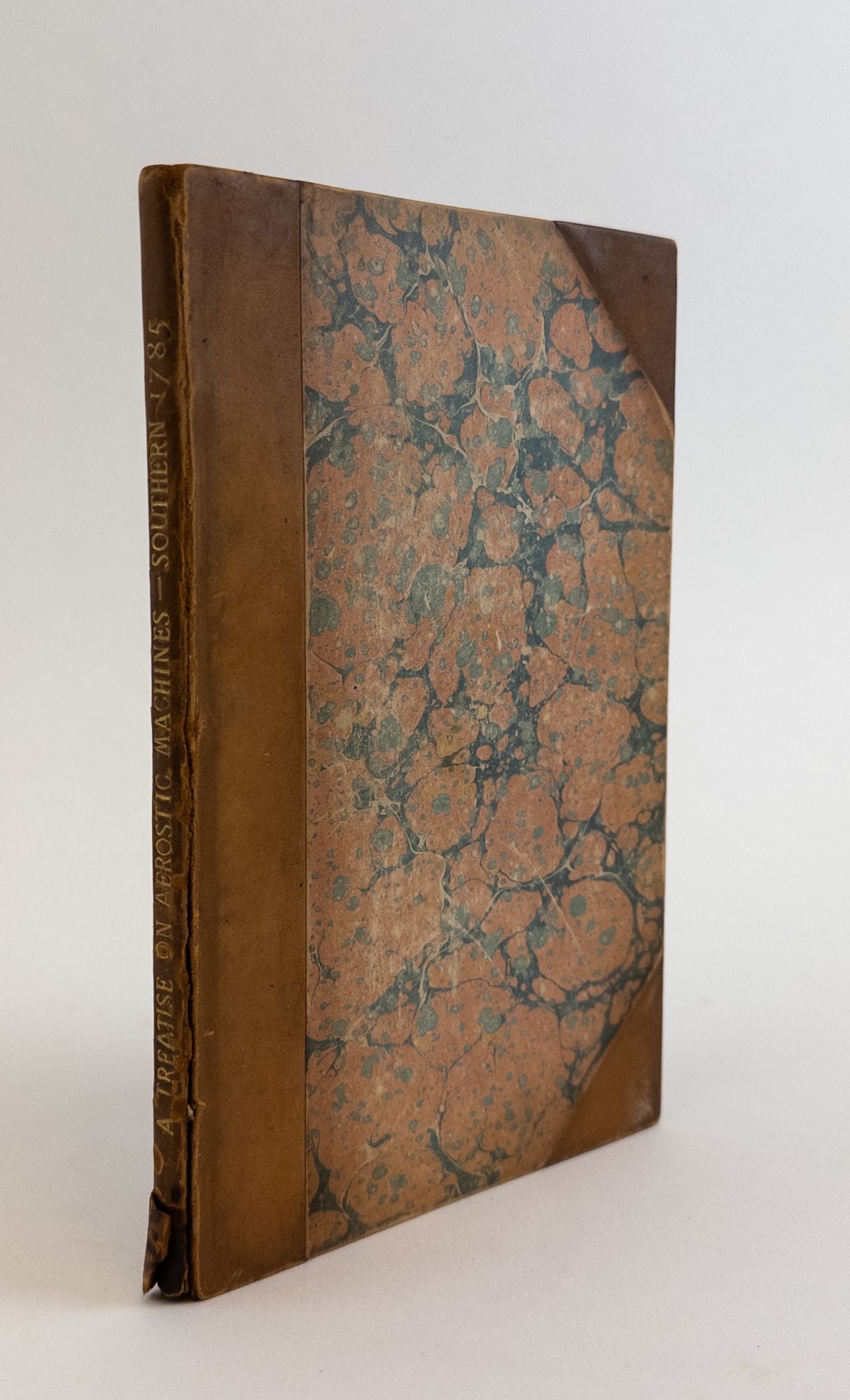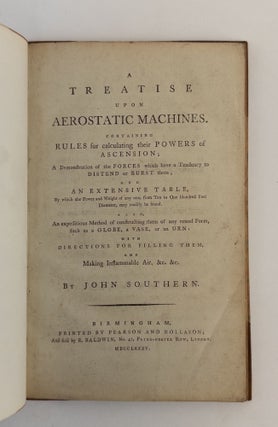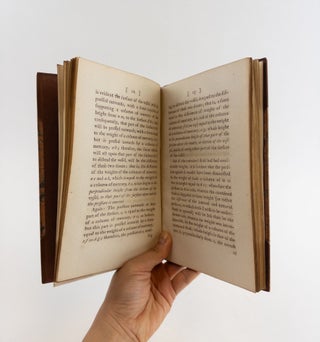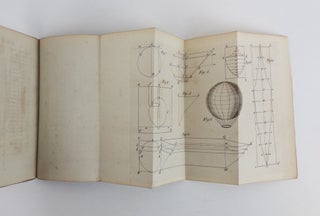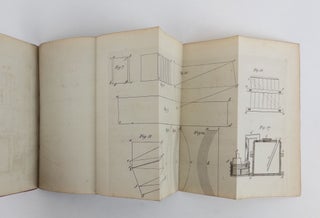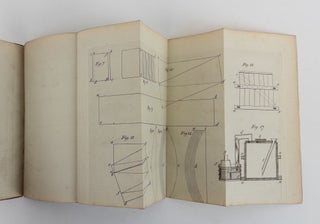A TREATISE UPON AEROSTATIC MACHINES. CONTAINING RULES FOR CALCULATING THEIR POWERS OF ASCENSION
Birmingham: Printed by Pearson and Rollason; and sold by R. Baldwin, 1785. First Edition. Octavo, viii, 63 pages. In Very Good condition. Three-quarter bound in brown calf with marbled boards and gilt titling to spine. Lower front hinge cracking with chipping to spine tail. Interior is clean. With two folding plates in rear. Incredibly scarce. MW consignment. Shelved case 10.
1321947
Shelved Dupont Bookstore
Sold
NOTES
Little is known about Southern's Life. Matthew Boulton (1728-1809) introduced Southern, aged 24, to James Watt, whereupon Southern became Watt’s assistant and right-hand man. He co-invented the indicator diagram with James Watt, in 1796, and became a partner of the firm of Boulton & Watt in 1810.
A Treatise on Aerostatic Machines is his only known book, although he did contribute to the 1814 Encyclopedia Britannica regarding steam and steam engines.
The 1895 Aeronautical Annual lists this title as being one of the rarer works in the collection of the Editor of the Annual.
John Watt is perhaps best known for his 1776 Watt steam engine, one of the driving forces of the Industrial Revolution.
Title continues: 'a demonstration of the forces which have a tendency to distend or burst them; and an extensive table.';
ESTC T14145




